I first met the new winemaker at a wine fair in Budapest, where she introduced me to the Ezerjó grape, a variety associated with the tiny Mór region, where Serbian-born Kriszti bought a vineyard and established a boutique winery.
Ezerjó is usually a light, crisp, refreshing, easy-drinking wine, but Kriszti beefs it up with subtle use of Hungarian oak and an amphora specially made by a local ceramic artist.
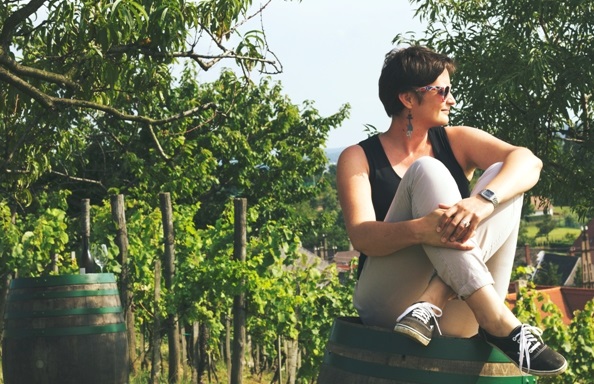
The following year I visited her small winery while travelling between the country’s more famous wine regions, Tokaj and Balaton. She started the winery in 2011, but quickly established herself as ‘one to watch’ with wines such as Napholdcsillag (Sun-Moon-Star), a blend of Chardonnay, Szürkebarát (Pinot Gris) and Ezerjó, and her varietal wines – which show the component parts: Nap, Hold and Csillag (Sun, Moon and Star – Ezerjó, after all, means a thousand stars).
A couple of years ago I met Kriszti again, in London this time – she’s one of the many overseas judges at the International Wine Challenge. Her professionalism and perfectionism are obvious to anyone who meets her. But it’s her background in marketing and love of winemaking that shines through her wines, the labels and beautifully renovated cellar.
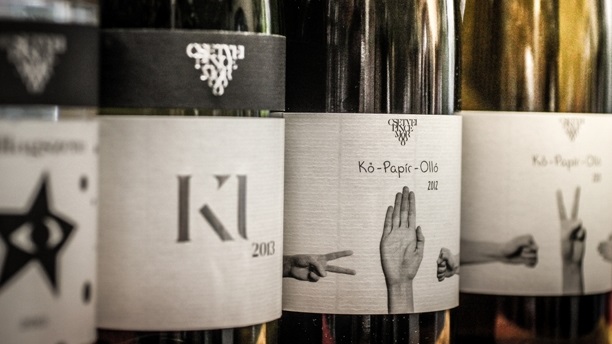
For an example of her attention to detail and individual approach, you only have to look at what she does with her Olaszrizling. Olaszrizling is the most widely planted grape variety in Central Europe, yet it is not as well-known as more localised varieties such as Furmint and Gruner Veltliner. It may be because it is known by various synonyms, including Welschriesling, Laski Rizling, Rizling Vlassky and Grasevina, or because few winemakers give it the attention it deserves.
Kriszti is different. She has made a trilogy of wines called Kő–Papír–Olló (Rock-Paper-Scissors), with Olaszrizling grapes gathered from two separate regions, Mór and the volcanic Somló, and vinified in different ways.
'I decided in 2011 to make three different wines from our Welschriesling'“I decided in 2011 to make three different wines from our Welschriesling,” she tells Canopy. “I made a light, reductive item (Paper) and an oak barrel fermented one (Stone) from my vineyard in Somló. The third part of the line is Scissors, which comes from Mór and the technology is 50% barrel and 50% tank fermented.
“Sadly, lately, we rarely can produce all of the elements of the trilogy in the same year because a couple of times we had hailstones which demolished the grape.”
Kriszti has also been experimenting with amphora for her Ezerjó.
“In 2014, I visited Georgia,” she recalls. “During the trip, I got the idea to try not the Georgian method, but to transform their amphora wine technology to the Csetvei kind. It means I found a local ceramic artist who made my amphora based on my special requests, such as the capacity, material usage and so on. My style is to put the juice from the press directly in the amphora and fermenting there until the process ends. It’s different each year, so up to two months I keep it there and taste it each day. After the fermentation is over, I rack the wine to tanks.”
She says she finds the wine “so drinkable and smooth, but it keeps the unique citrus aromas of the Ezerjó”.
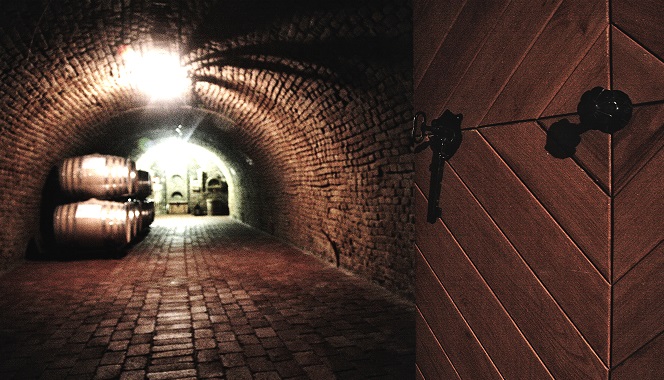
Like most small cellars, her marketing budget is tiny. “Zero,” she corrects.
But you come from a marketing background, I point out. “Since I started the business I was sure I had to find non-traditional marketing strategies,” she replies. “I’m using social media networks – especially Facebook and Instagram. Thanks to the growing popularity of these tools I built up a fan base and a strong and loyal follower group. But the main and most important marketing tool is word of mouth.
“From the beginning I knew that I had to focus on wine tastings. Year by year, as the message spreads, more and more customers are coming to the cellar to taste my assortment. Also, I receive invitations from the growing number of wine clubs and various kinds of wine-related associations to introduce my wines around the country.
“I do feel the direct benefit of these events because that's how the wine tourists find us. We represent the niche market here in Hungary – only quality dry wines, no semi-sweet or sweet – but this small market gap is growing each year, so I’m very positive about the future of the cellar.”
Another marketing and income stream is the wine and music event in the vineyard. “We established a small venue for around 200 people,” Kriszti explains. “We got a stage and a mobile wine bar. In the middle of the vineyard our guests have the chance to enjoy the music gig, eat some street food and drink Csetvei all night long. These events are not public, only by invitation via our Facebook events page.”
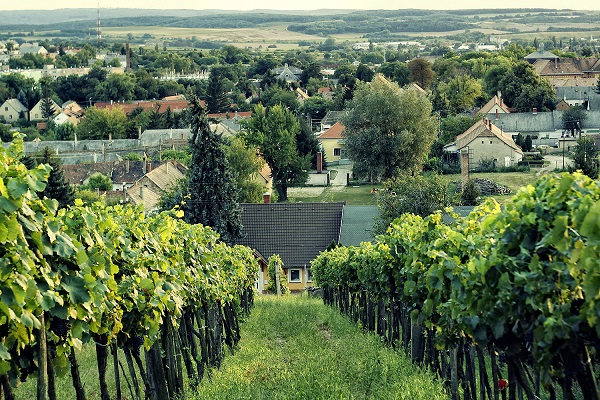
Kriszti’s background
Krisztina was born in the Hungarian-speaking part of Serbia and moved to Budapest when she was a child.Her wine career began as a marketing trainee at a new winery in the Tokaj region, Béres.
“I just watched, learned, tried it,” Kriszti remembers. “Then I received a WSET basic course as a Christmas present from the Béres family.”
She successfully completed the course, and then started to taste wine at home, to collect nice labels and pay attention to wine-food pairings.
However, she took a job outside the industry, in the marketing department of a large company in Budapest. “I learned a lot, I got a lot of good friends, I graduated from the BME MBA, and in my spare time I went to wine tastings,” she says.
In the spring of 2009, Kriszti met her father’s friend, László Bóni of the DiBonis Winery in Serbia. She tasted his award-winning pálinka and there was no going back: “I thought it was art and I would like to be part of this miracle.”
Kriszti made her first wine, the Napholdcsillag blend, in 2010, in the corner of the cellar belonging to Ákos Kamocsay in Mór. “I started making wine with absolutely nothing: I bought the grapes, rented the barrels. But I got really positive feedback and so what followed was buying the vineyards in Mór and then came the other wines.”
In 2012, she graduated with a degree in oenology from the Corvinus University, Budapest.


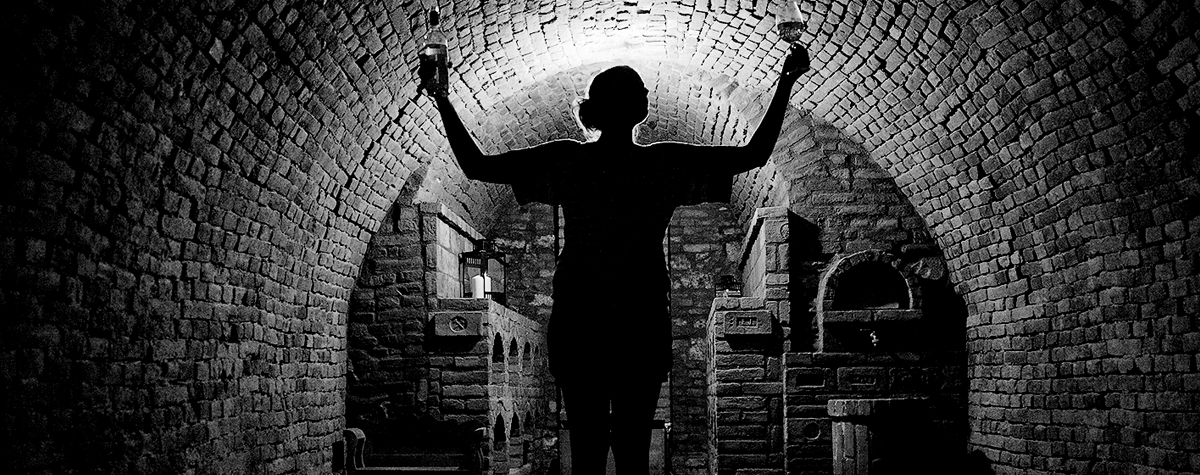










.png)






